Whether you’re starting a new business or trying to scale your business, a Standard Operating Procedure is key to helping your business grow.
But the question remains, what is a Standard Operating Procedure? The simple definition provided by IBM for Standard Operating Procedures is:
“…a set of instructions that describes all the relevant steps and activities of a process or procedure.”
So you’ve got the definition and it has got you thinking: What are the tasks you need to do? Who needs to do them? What is the best way to approach these tasks? Do my staff need training on new systems?
As you start to work out what questions you need to answer, you are taking the first step towards systemization. The primary benefit of creating a system is that you can examine the process and make improvements. Developing systems helps everyone do what they have to do with minimum misunderstanding.
Now you are well on your way to creating a Standard Operating Procedure (SOP), but how can you guarantee that your employees know how to use it or that they even will use it? One of the biggest mistakes businesses make is overcomplicating their SOPs, making it hard to find them on business systems. Your team will only use an SOP if it is easy to access and easy to read. Writing an SOP may seem like a daunting task, but Process Partners is here to help.
Now you know what a Standard Operating Procedure is, but how do you write an effective one?
Step One: Determine the Boundaries of the Process You Will Be Defining
Most business processes are initiated by another process or initiate processes of their own. It is important to define the start and end of the process you are documenting to ensure it is concise and easy to follow.
Step Two: Brainstorm All of the Tasks and Automation That Are Part of the Process
Identify who (or what) does the task, when it happens, and how it happens.
Step Three: Check With the Owners of the Tasks to Ensure You Have Documented the Process and Timing Correctly
Ensure that all parties involved in the process are satisfied with the documentation and its wording.
Step Four: Arrange the Process Into a Sequence
Review all of the tasks you brainstormed in step two and place them into a logical order. It is fun to do this on sticky notes where you can visualize moving pieces into place.
Step Five: Determine the Method of Documentation
Consider the following methods of documentation:
- Video instructions
- Screenshot video instructions
- Process mapping
- Writing in paragraph form
- Writing in bulleted form
- Create a spreadsheet
- Create a form
Step Six: Once You Have Documented Your Process, It Needs to Be Easily Accessible to Your Team
Having processes on multiple computers, stored in multiple platforms, or scattered around the office will make it too hard for your team to utilize. Gather your processes together into one platform and create a clear navigation system.
Summary
Whether you are preparing to scale your business or just want to ensure your new and existing staff get the best and most accurate training, your Standard Operating Procedure will be key. Having a clear, easy to use, and easy to scale document at the center of your business will help your business grow and ensure that your business is more efficient.
Process Partners is here to help systemize your business with a variety of Standard Operating Procedure plans from DIY to Done-For-You. These plans will help you understand the power of Systems Mindset, how to structure a good and usable SOP, give your documentation direction and how to maintain and grow.




